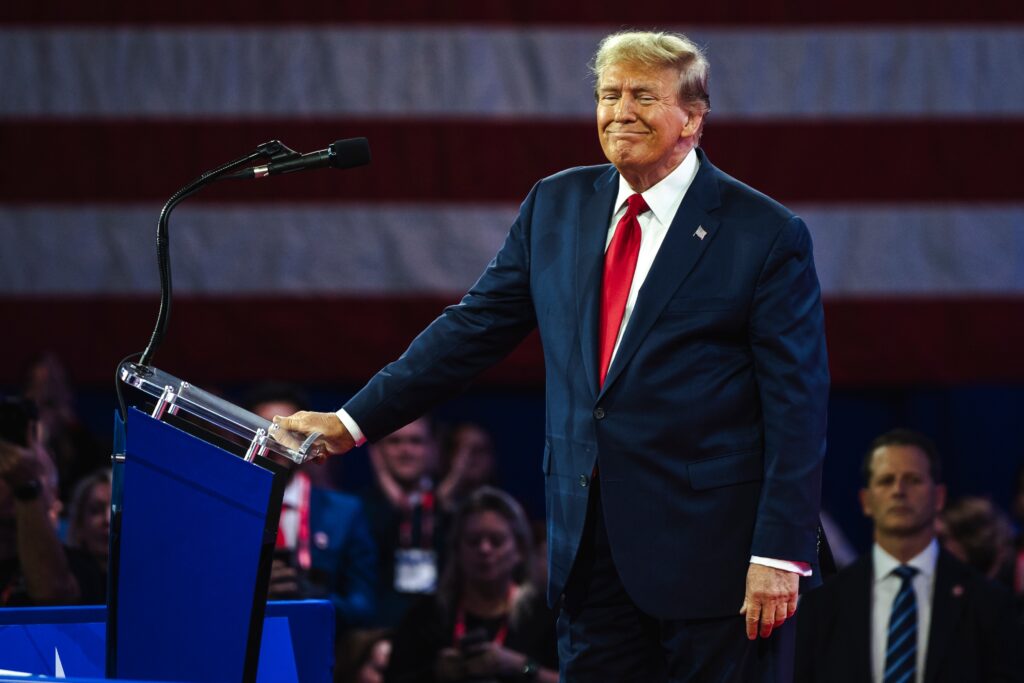US support for Ukraine: Europe is facing a major change in its relationship with the United States. The US, its closest ally, is now taking a stance that aligns more with Russia. This shift has stunned European leaders, especially with President Donald Trump’s harsh criticisms of Ukraine’s President, Volodymyr Zelensky. Trump has echoed messages that are often linked to Russian disinformation. This has left Europe uncertain about what will happen next.
This week, European leaders were left out of key talks between Russia and the US. They are unclear about when or if the US will propose a peace deal to Ukraine. There is also worry about Washington’s plan to disengage from the conflict. Many European officials are struggling to understand what to expect from their long-time ally.
Armida van Rij, a senior research fellow at Chatham House, said, “The way this unfolded – shock after shock in mere days – caught the continent off guard.” Europe is now looking for a way to deal with this new situation. But there is no clear path forward. Some leaders suggest sending a peacekeeping force to Ukraine. Others want to increase defense spending and military aid to Ukraine. These differences show how divided Europe is on how to respond.
The situation is further complicated by political and economic problems in many European countries. British Prime Minister Keir Starmer and French President Emmanuel Macron are seen as the likely leaders to guide Europe through this crisis. They are both planning trips to Washington next week to meet with President Trump. What they discuss there will have a big impact on the future of Europe’s role in the conflict.
However, Europe has struggled to stay united on defense matters in the past. Even now, leaders are not agreeing on what steps to take. “We do not want to damage our relationship with America,” British defense expert Nicholas Drummond told CNN. “But what do you do when your closest ally aligns with your worst enemy?” This shows how difficult it is for European leaders to make decisions when their ally’s stance is unclear.
Two Possible Paths for Europe – US support for Ukraine
Europe was already aware that Trump’s views on Ukraine would differ from those of the Biden administration. However, the speed of this change has shocked many. The US president has openly blamed Ukraine for its invasion, which has upset European leaders. They are both emotionally and strategically troubled by his comments.
For months, Trump and his advisors had hinted at a shift in US policy towards Ukraine. But no one expected the change to happen so quickly. According to van Rij, “European governments should have met right after Trump’s election victory to plan a response, but they waited until now to act with real urgency.”
As things unfold, there are two main paths for Europe. One path is to push for a peace agreement. The other path is to continue supporting Ukraine in its fight. Either way, Europe must step up and take the lead. The US has made it clear that it is focused on other issues, particularly in the Indo-Pacific region.
To respond to this situation, Prime Minister Starmer has announced that Britain is ready to send troops to Ukraine. The goal would be to help enforce a peace agreement. Officials believe fewer than 30,000 troops would be needed for this mission. They would help secure important infrastructure and rebuild trust in Ukraine. France is also in support of this idea. It tried to propose it last year but faced resistance. Now, with Britain on board, France is eager to move forward. Starmer has said that NATO countries, such as Poland and Romania, would be essential to provide air support for any peacekeeping mission. Starmer and Macron will present these plans to Trump next week.
Challenges Ahead for Europe
Sending troops to Ukraine remains a controversial idea. Poland, NATO’s largest military force in Europe, is cautious about the move. There is fear that sending troops to Ukraine could expose Poland to greater risks. If a leadership group forms in Europe, Polish Prime Minister Donald Tusk may push for greater defense spending across the continent. Germany also faces pressure to spend more on its military. Germany’s current military spending is only 1.5% of its GDP, well below NATO’s target of 2%.
Even if the US and Russia reach a peace deal, there could still be problems. Ukrainian President Zelensky may reject the agreement, or Russian President Putin may not accept peacekeepers in Ukraine. If the war continues, Ukraine will need more than just words from Europe. It will need real military help.
While Ukraine has enough supplies to last through the summer, Europe will need to increase its contributions. “There is a clear difference in quality between American and European equipment,” one official noted.
This shift in US policy has created a complex situation for Europe as well as the entire world. European leaders now know that they may have to take matters into their own hands. As one British lawmaker said, “The US is walking away from 70 years of security cooperation.” For now, Europe must stay focused on the future and prepare for any changes that lie ahead.
For more updates, visit Euro News 24.
